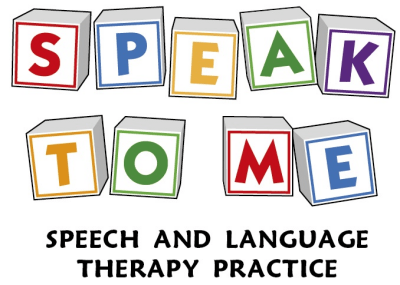Augmentative Alternative and Communication (AAC) Myths!
- 1 May 2017
- Beth Laurenson
Augmentative Alternative and Communication (AAC) Myths
Firstly… What is AAC?
AAC is the term used to describe a method of symbolic non-verbal communication. There are a variety of different types of AAC systems, ranging from unaided (e.g. sign language), no-tech (e.g. core boards, often made from pages of laminated card), low-tech (e.g. big mack, a single output button), and high tech (computerised systems e.g. iPad apps with voice output).




When is AAC used?
AAC is used when a child or adult has difficulties communicating verbally. AAC can help to provide children with a functional form of communication, which will help them to build on their language skills, while minimising the frustration associated with difficulties communicating.
AAC Myths - Busted:
Romski and Sevcik (2005) have reviewed the literature in order to disprove some commonly believed myths about the use of AAC with young children.
Myth One: AAC should be used as a last resort.
This not true. AAC allows children to communicate their wants and needs, as well as engage in conversations. Early access to communication is important for language development, and can help to reduce feelings of frustration associated with inadequate communication.
Myth Two: The use of AAC impedes on future speech development by taking away the motivation to speak.
On the contrary! Research has shown that positive gains in speech can be made after the introduction of AAC. In a review conducted by Millar, Light and Schlosser (2006), 89% of their participants’ demonstrated improvements in speech output after the introduction of AAC, and no decreases in output were observed.
Myth Three: Children must be a particular age or have a particular set of cognitive/sensorimotor skills in order to benefit from AAC.
Evidence does not support a minimum age for AAC interventions (Romski & Sevcik, 2005). The child’s age and skills may influence the type of AAC intervention selected, but should not influence whether the intervention is implemented or not (Branson & Demchak, 2009).
In conclusion, AAC is a tool which opens up functional communication to those who have difficulties speaking. It can help these children to develop their language skills, and connect with the world around them. AAC does not prevent children from developing speech, and speech interventions can be conducted alongside AAC interventions. AAC is appropriate for implementation during early childhood.
Beth Laurenson, Speech and Language Therapist, Speak To Me
References:
Branson, D., & Demchak, M. (2009). The use of augmentative and alternative communication methods with infants and toddlers with disabilities: A research review. Augmentative and Alternative Communication, 25(4), 274-286.
Millar, D., Light, J., & Schlosser, R. (2006). The impact of augmentative and alternative communication intervention on the speech production of individuals with developmental disabilities: A research review. Journal of Speech, Language & Hearing Research, 49(2), 248- 264.
Romski, M., & Sevcik, R. (2005). Augmentative communication and early intervention: Myths and realities. Infants and Young Children: An Interdisciplinary Journal of Early Childhood Intervention, 18(3), 174-185.
